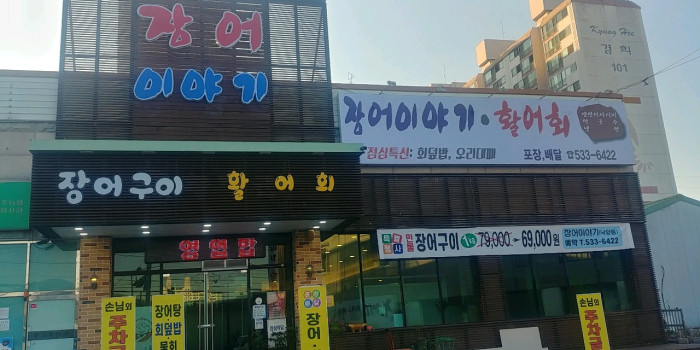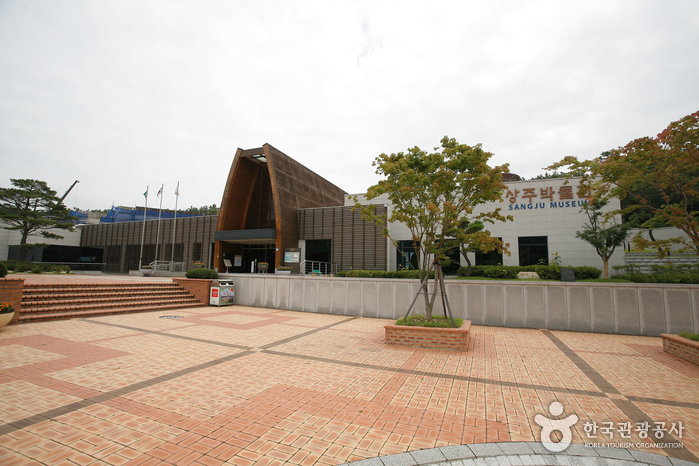Introduction to Sangju-si: Your Guide to Exploring a Hidden Gem in South Korea
Located in the northwest of Gyeongsangbuk-do, Sangju-si is a charming city surrounded by picturesque landscapes and rich cultural heritage. With its proximity to the Nakdong River and the stunning Mt. Sokri, Sangju-si offers a plethora of natural wonders and a potential for tourist development. From historical sites to beautiful mountains and serene temples, this city has something to offer to every traveler seeking an off-the-beaten-path experience in South Korea.
Why visit Sangju-si:
- Rich Cultural Heritage: Sangju-si boasts a wealth of historical and cultural sites, including Chunguisa Temple, which is a significant relic of the Imnang army general Jeong Giryong. Explore the ancient royal tombs of Sabul Wangneung and Gaya Wangneung, and marvel at the beautiful Three-Story Stone Pagoda. Get a glimpse into the past and immerse yourself in the citys vibrant history.
- Natural Beauty: Prepare to be captivated by the breathtaking landscapes that surround Sangju-si. Embark on a hiking adventure in Mt. Sokri, where you can explore the enchanting Osong Waterfall and Hwayangdong Valley. Enjoy the tranquility of Nambongsaji Temple, nestled amidst the scenic beauty of Noyeum Mountain, or visit the peaceful Najeongsanseong Fortress and its ancient palace ruins.
- Outdoor Activities: If youre an outdoor enthusiast, Sangju-si wont disappoint. Spend a day at the scenic Gyeongcheon Pavilion, a popular destination for hiking and picnicking, or relax on the expansive Baeksa Beach, known for its crystal-clear waters. Take advantage of the swimming pool, observation deck, and camping facilities available in the area for a rejuvenating experience.
Plan your visit:
- Best Time to Visit: Spring (April to June) and Autumn (September to November) offer the most pleasant weather for exploring Sangju-si. The mild temperatures and vibrant foliage make these seasons ideal for outdoor activities and sightseeing.
- Transportation: The most convenient way to reach Sangju-si is by taking a train or bus from major cities like Seoul or Busan. Once in the city, public transportation, including buses and taxis, is readily available for getting around.
- Language: While English may not be widely spoken in Sangju-si, you can navigate your way through the city using basic Korean phrases or carrying a translation app. Locals are generally friendly and will be willing to assist you.
- Currency: The local currency is South Korean Won (KRW). ATMs can be found throughout the city, and credit cards are widely accepted in most establishments.
- Safety: Sangju-si is a relatively safe city, with low crime rates. However, its always advisable to take necessary precautions, such as keeping your belongings secure and staying aware of your surroundings.
Embark on an unforgettable journey to Sangju-si and discover the hidden treasures within this lesser-known South Korean destination. Immerse yourself in the citys rich history, witness breathtaking scenery, and indulge in the tranquility of its natural landscapes. Sangju-si is waiting to offer you an authentic and unforgettable travel experience.

















